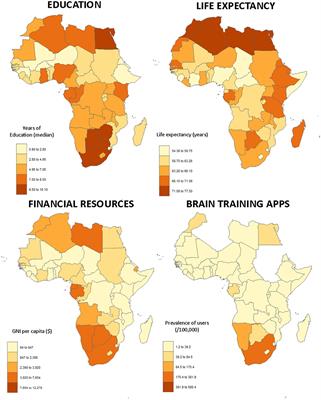Background: The basis of improved systemic therapy for inoperable or metastatic human epidermal growth factor receptor 2 (HER2)-positive breast cancer is formed by HER2-targeting monoclonal antibodies. Dual HER2 blockade with pertuzumab and trastuzumab in combination with docetaxel in previously untreated patients, and trastuzumab emtansine (T-DM1, an antibody-drug conjugate [ADC] consisting of trastuzumab, a linker and a cytotoxic payload) after prior trastuzumab therapy have demonstrated progression-free survival (PFS) and overall survival (OS) superior to what was achieved with the previous treatment routine. Therefore, pertuzumab and trastuzumab with chemotherapy (preferably with a taxane) and T-DM1 are considered the current standard of care in the first- and second-line settings, respectively. For later lines of therapy, no uniformly recognized standard of care has been defined. Accepted options include treatment with trastuzumab beyond progression, in combi nation with a broad variety of single-agent chemotherapies used sequentially, or lapatinib (an HER2-targeting tyrosine kinase inhibitor [TKI]) in combination with either trastuzumab or capecitabine. However, most of these options have not been formally tested in patients receiving the current standard of care therapy for metastatic disease.
Summary: In patients previously treated with today's standard of care, including a significant subgroup with untreated or progressing brain metastases, the combination of tucatinib, a novel HER2-targeting TKI, with trastuzumab and capecitabine, demonstrates a clinically meaningful improvement in PFS and OS when compared to placebo with trastuzumab and capecitabine. Neratinib, another HER2 TKI, in combination with capecitabine, compared to lapatinib and capecitabine, as well as margetuximab, an HER2-directed monoclonal antibody with a fragment c (Fc) domain engineered to enhance immune activation, compared to trastuzumab, both co mbined with the investigator's choice of chemotherapy, showed a statistically significantly longer PFS. However, not all patients in the respective trials had received pertuzumab and T-DM1 prior to enrollment and, so far, no improvement in OS has been demonstrated. After a median of 6 prior lines of therapy, trastuzumab deruxtecan (T-DXd), a novel ADC, showed a meaningful overall response and PFS. Although the safety profile was generally manageable, treatment-related interstitial lung disease (ILD) might pose a challenge in routine practice. Pyrotinib, another HER2 TKI, was evaluated in combination with capecitabine in patients after prior exposure to trastuzumab when pertuzumab and T-DM1 were not available. In this setting, PFS was better than with lapatinib and capecitabine.
Key Messages: In 2020, pertuzumab and trastuzumab with taxane-based chemotherapy in the first line, and T-DM1 in the second line, remain the standard of care. Tucatinib, neratinib, margetuxima b, and T-DXd expand the armamentarium for treatment beyond the second line. Pyrotinib might be another option, especially for patients, who do not have access to pertuzumab and T-DM1.
Breast Care









